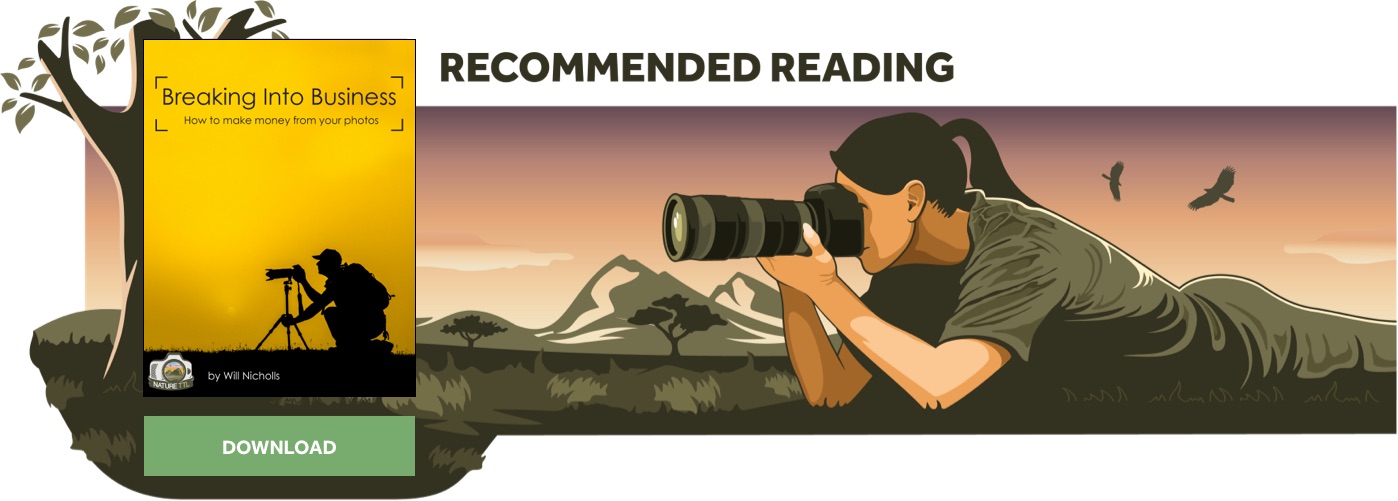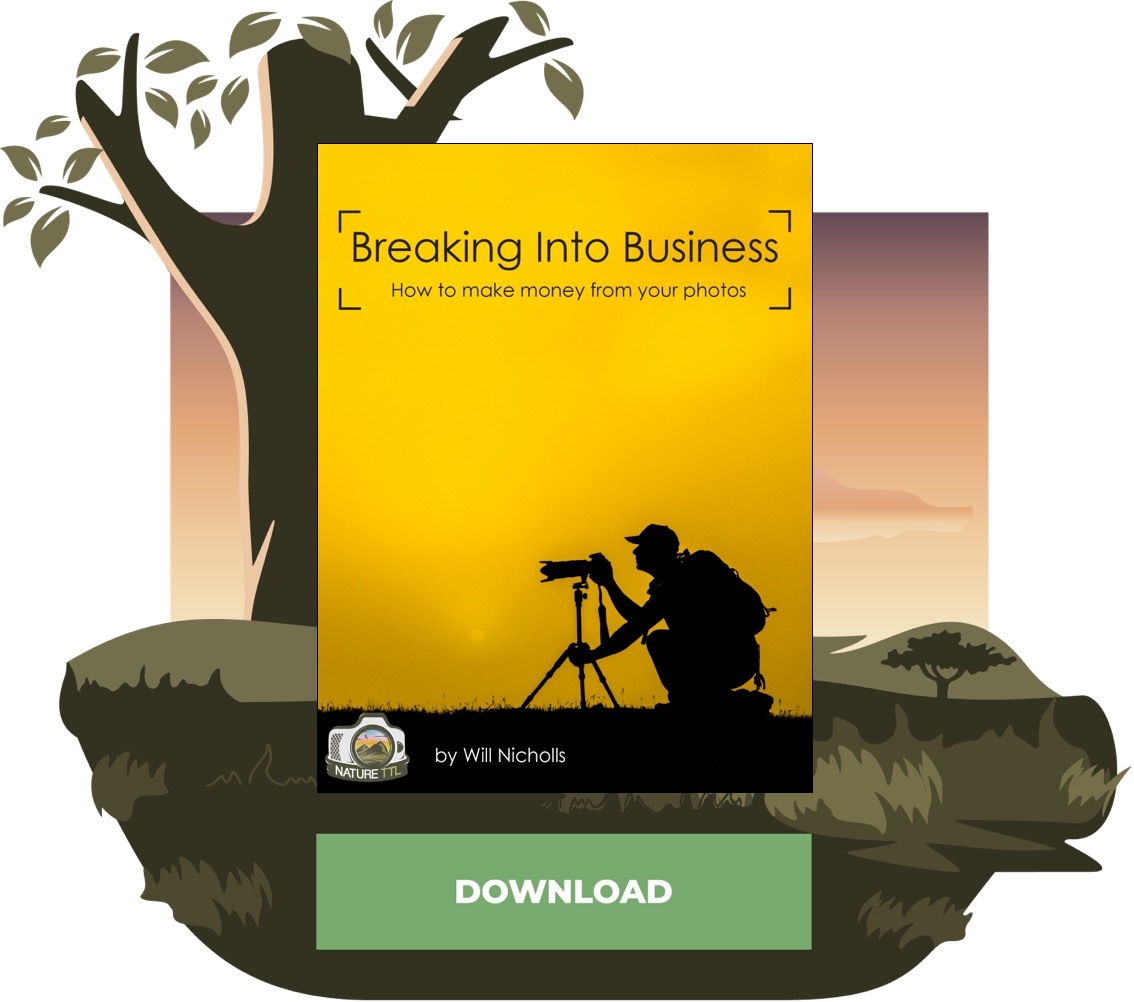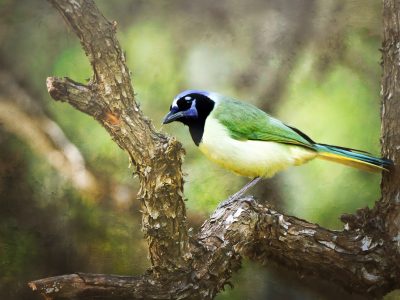Ben Hall: From Amateur to Professional

In our interview series “From Amateur to Professional” we will be asking established nature photographers to share their photos and see how their practices have developed, changed, and improved over time.
You’ll get to see the progression of their images, learn how they got started, and find out how they transitioned from amateur to professional.


To see more from this series, subscribe to our free newsletter.
Ben Hall is one of the UK’s leading wildlife photographers with many international awards to his name.
His images are widely published throughout the world, he has co-authored two books, and runs wildlife photography workshops in the UK and overseas.
When and why did you first catch the nature photography bug?
For as long as I can remember I have always had a fascination with nature. I remember being glued to David Attenborough documentaries as a child and being mesmerised by the wildlife and wild places that I saw on programmes like The Living planet and The Trials of Life.

I must have been around the age of eleven or twelve when I received a Minolta disc camera for my birthday. I distinctly remember taking it on a school trip to a wetland reserve to photograph birds and when I received the photos back wondering why they appeared as little dots in the frame!
Although the pictures were terrible, they ignited the spark in me and I remember taking that camera to the local park and river to photograph any wildlife that I could find.
Not long after, I was given a Yashica manual SLR camera that belonged to my grandfather, along with a couple of lenses including a 70-200mm. I had a dark room at home and used to love processing and printing my own black-and-white photographs.
Show us one of the first images you ever took. What did you think of it at the time compared to now?
Unfortunately I don’t think I still have any of the first pictures I took, but I have gone though my files and picked out this example taken over 20 years ago.
I remember at the time being so happy with how blurred the background appeared – I must have just discovered the magic of a long focal length and wide aperture! Of course nowadays, I would have deleted it from the camera!

The light isn’t special enough, the perch is too boring and the bird isn’t doing anything interesting.
The standard of photography in general has increased hugely since I took this picture, and I have become much more critical of my own work, and selective about the images that I take.
Nowadays, all the ingredients have to be there – the light has to be perfect, the subject has to be against the right background and there has to be either some interesting behaviour or beautiful surroundings.
Show us one of your favourite photos – it may be your favourite image in general, or of your favourite animal, plant or location! Explain what it means to you.
This image of a flock of flamingos in flight over the Andes is one that immediately springs to mind. I took it in Chile in 2006 and it’s still one of my favourite bird shots.
I have always felt most drawn to images that show the subject in its environment, and the dramatic landscape of Torres Del Paine lends itself perfectly to these types of pictures.

I can recall at the time wanting to create an image that shows both the beauty of the subject and the harsh nature of its habitat, one that draws the viewer into the scene and tells a story.
Some of my images are planned meticulously and require numerous visits over a long period of time to the same location, but there are also those moments of serendipity that can often create the most compelling images, and this was one of those.
I was also working in tough conditions, and having to battle harsh weather and ferocious winds made the shot even more rewarding.
Are there any species, places, or subjects that you have re-visited over time? Why have you done this? Explain what’s changed in your approach and technique.
Absolutely, yes. I like to photograph the same subjects each year, especially when working locally. Working in the same locations with the same species regularly allows me to develop an in-depth knowledge and understanding of both the place and the animals that can be found there.

I feel that this insight is crucial and can’t be gained any other way than by spending time out on the field photographing and observing my subjects closely.
By noting the way that the light and shadows fall throughout the day at a particular location, as well as the behavioural characteristics of the subjects is invaluable, especially as I like to pre-visualise my images.
In this sense I don’t think my approach has necessarily changed very much as I have always liked to work in this way.
My aim is to create an in-depth representation of my subjects and to capture those decisive moments that tell a story.

Of course, I am continually trying to update and improve my images and my efficiency. The advances in technology have enabled me to capture shots that would have been almost impossible in the past, especially when working in low light and shooting fast action.
When did you decide you wanted to become a professional photographer? How did you transition into this and how long did it take?
I started becoming interested in photography at around eleven years old, and when it came time to pick my GCSE subjects, it was the first year that photography was introduced.
I then went on to study A-level photography and it was at this point I knew that photography was what I wanted to do for a living. I went on to study Documentary and Fine Art Photography at college and spent all of my spare time out photographing wildlife.

After I left college I worked with a photojournalist for a year but I knew that my passion was wildlife photography and that’s what I had to pursue.
I needed to get some money coming in to pay the rent and bills so I started working full time for an insurance company and spent every spare minute photographing wildlife and building up a portfolio of work.
It took me around three years of doing this before I started to earn regular money through my photography. This was done mainly by writing articles for magazines and selling my work through agencies and directly to publishing companies.

This was before digital when stock photography was far more lucrative. I was then made redundant from the insurance job in 2002.
Luckily, it was a blessing in disguise as it came just at the time when my photography was really taking off and I was able to go into wildlife photography full time from the end of 2002.
Was there a major turning point in your photography career – a eureka moment of sorts?
I wouldn’t say there was one moment in particular, rather a succession of events.

I remember a particularly successful time early on in my career when I had an interview in Outdoor Photography magazine and major features in three other photography magazines, including two front covers, all in the same month.
This was also around the time that I won two major awards and sold an image through one of my agents for a substantial fee, so it felt like everything was heading in the right direction.
Has anything changed about your photography process, for example, your workflow, or how you process and edit your images?
I feel like my workflow has improved over the years and become more streamlined and organised. Several years ago I bought a Synology NAS drive that I use to create secure back ups of all of my images.

Before this, I used to rely on external drives and it was difficult to keep track of my images as I would end up with so many! The NAS drive not only allows me to keep more organised but also to access my images when I’m working away which enables me to fulfil picture requests while I’m abroad.
It’s a fantastic bit of kit and I don’t know how I coped without it. In terms of my editing and processing, I feel like this has vastly improved over the years and I sometimes find myself revisiting older images and processing them again as I butchered them the first time round!
What was the biggest challenge you faced starting out, and what’s your biggest challenge now?
I think the biggest challenge initially was to get my name out there and make a regular income through my photography. I was having to constantly chase work, and I still remember gradually getting to the point where I no longer had to look for work.
Instead, I was being approached by magazine editors and publishing companies etc who would request articles and pictures. I was also getting regular commissioned work and opportunities would present themselves.
That was a great feeling as it took some pressure off and allowed me to concentrate more on my photography, rather than how I was going to pay the bills that month!

I think one of my biggest challenges now is being away from my children for long periods of time. As my career has progressed, I have found myself travelling more and more, and for longer periods.
Last year I had a big trip to Antarctica which was seven weeks in total and over Christmas. Being away from my family at this time was a real struggle. This year I was in Australia, Papua New Guinea and the Solomon Islands and that trip was almost as long.
Of course, I am hugely grateful for the opportunities I have, and as much as I enjoy travelling and getting to work in some incredible places around the world, it’s never easy being away for long periods.
What’s the one piece of advice that you would give yourself if you could go back in time?
I have been asked this question before, and I always struggle to come up with an answer. I believe that we all go through experiences for a reason, and often, the best way to learn is by making mistakes.

I have always struggled most with the business side of photography, that has never come naturally to me and I have had to learn as I’ve gone along.
So in terms of the business side of things, there is certainly advice that I could give myself when I was starting out that would have helped me at the time.
If there’s anything else you feel compelled to share about your photography journey, please feel free to do so here!
I feel like I have pretty much covered everything, but if I’m going to give advice to anyone starting out, it would be to photograph the subjects that you are most passionate about, as this will shine through in your work.





